‘There is a strong, strong predilection for modern and contemporary art in the US in general and in New York in particular, which is why TEFAF New York Spring is such a natural fit for Manhattan,’ says managing director Jeff Rabin ahead of the fair’s second edition at the Park Avenue Armory (4–8 May). Moreover, as an event ‘curated and customised to suit the lifestyle of those collectors’, modern and contemporary design is also added to the mix, as is a leavening of tribal art, antiquities and jewellery. This very focused combination is the distinguishing feature of this fair, as is the rigorous vetting associated with TEFAF and the desire for patrons to relax and enjoy themselves. (This year, new sponsor Raffles is staging a pop-up of its famous Long Bar and holding Singapore Sling masterclasses).
Of course, early May sees more than Americans in town, with Frieze opening the day before on Randall’s Island (3–6 May) and international collectors congregating for the Impressionist, modern and contemporary art auctions. The stakes are raised still higher, with Christie’s offering an avalanche of exceptional material courtesy of the estate of David and Peggy Rockefeller. It would seem, however, that TEFAF’s primetime, prime-location fair is also raising an already impressive game.
As is invariably the case with any new venture, many of the biggest and most successful galleries wait and watch from the wings to see how a new fair pans out before jumping in. Evidently last year’s inaugural edition passed muster, and this year sees among the 24 new participants such heavyweights as Gagosian, Gladstone Gallery, Marian Goodman, Lévy Gorvy, Matthew Marks, Mnuchin and Wildenstein. ‘We also expect more valuable property, as exhibitors feel comfortable with the quality of both the fair and the collectors attending,’ adds Michael Plummer, head of sponsorship, VIP and programming.
International fairs now run cheek by jowl, jostling for clients – exhibitors and collectors – and market share. Looking at the strength of the Latin American offer of this fair, for example, it is hard to imagine that it will not have an impact on Art Basel in Miami Beach. Marian Goodman Gallery, for instance, has decided to make its debut with a solo installation of new works by the ever-surprising Gabriel Orozco. White Cube presents Doris Salcedo’s ethereal ‘sculpture’ Disremembered VII, an indictment of society’s attitude to mourning and the stigmatisation of the bereaved. The gossamer-thin garment, woven out of raw silk and around 12,000 needles, has a sheen and glimmer that make it fade and reappear like a memory. Like a hair shirt, it only adds to the wearer’s pain.
Galería Sur, specialists in Latin American historical avant-gardes, brings some of Hélio Oiticica’s gouache on cardboard works from the Metaesquema series of the 1950s. His grids of precariously constructed, jostling geometric forms seem to float and shift across the pictorial surface. Jesús Rafael Soto is represented by one of his linear constructions that defy the conventional parameters of painting and sculpture (Patrick Derom Gallery). From the same year, 1960, comes Lygia Clark’s aluminium maquette for Bicho (Luhring Augustine).

A pair of armchairs (c. 1905), Josef Urban and Sándor Járay. Bel etage, €350,000
The centenary of the deaths of Gustav Klimt and Egon Schiele have also prompted a focus on Viennese modernism. Wienerroither & Kohlbacher offers an intimate Klimt drawing of two female nudes reclining, one behind the other, the nearer gazing into the viewer’s eye. Here, too, is the much-exhibited Schiele gouache, watercolour and pencil drawing of 1911 of a standing woman covering her face with both hands. Bel etage contributes a pair of geometric black and white armchairs in stained and polished wood with mother-of-pearl and metal inlays, designed by Josef Urban and executed by Sándor Járay for the 17th Exhibition of the Hagenbund in 1905.
Few would dispute the overtly ‘male gaze’ and objectification of women in the work of Klimt and Schiele. A timely #MeToo riposte comes courtesy of Niki de Saint Phalle and her Marilyn of 1964. Made two years after the death of the Hollywood star, the corrupted flesh of this grotesque papier collé bust, presents a martyred modern icon (Vallois).
Dickinson’s stand takes as its theme the artist’s muse. The jury is out on which model inspired Francis Picabia’s exuberant and large-scale Elle danse of 1948, but perhaps the most plausible candidate is the Polish dancer Stacia Napierkowska, who captivated his imagination on board the steamship that carried him to New York for the famous Armory Show of 1913 and whose risqué performances promptly got her arrested in the US.
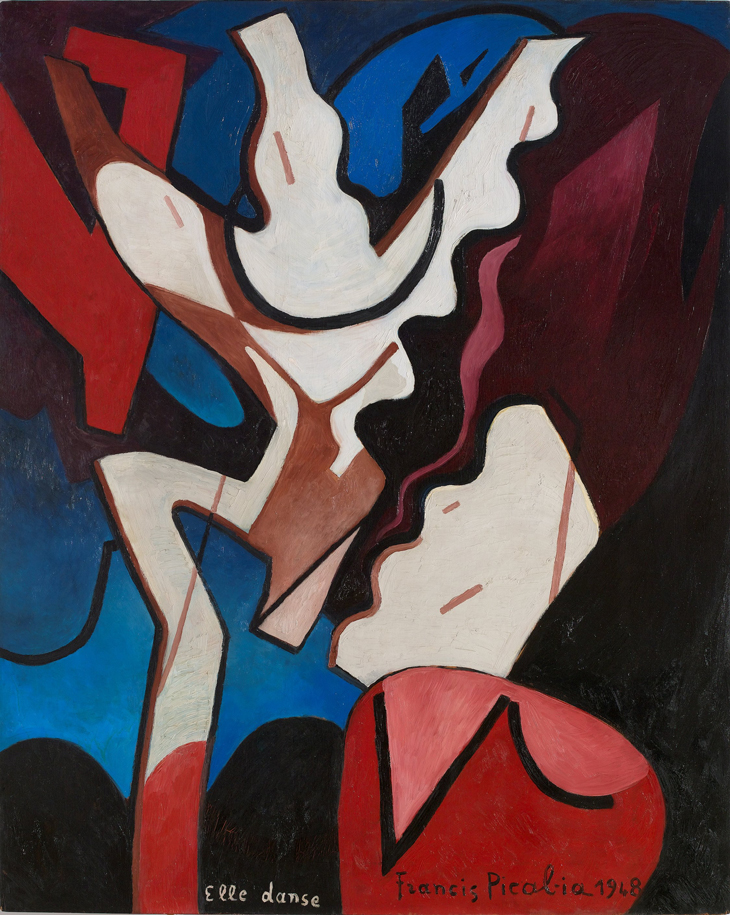
Elle Danse (1948), Francis Picabia. Dickinson, price undisclosed
As far as the fine and decorative arts are concerned, the 19th century is almost prehistory. Peter Freeman offers one of the period’s enigmas – a trompe l’oeil painting by one S.S. David. The artist has been identified as the Midwesterner De Scott Evans (1847–98), who studied in Paris with Bouguereau and specialised in paintings of elegant upper-class life, but his use of a variety of pseudonyms and an inability to trace any other artist called S.S. David in this period has led to an intriguing group of still lifes being attributed to him. Many, like this, belong to the Free Sample, Take One series, where apparently three-dimensional vitrines with broken glass invite the spectator to take their humble contents – at their peril.
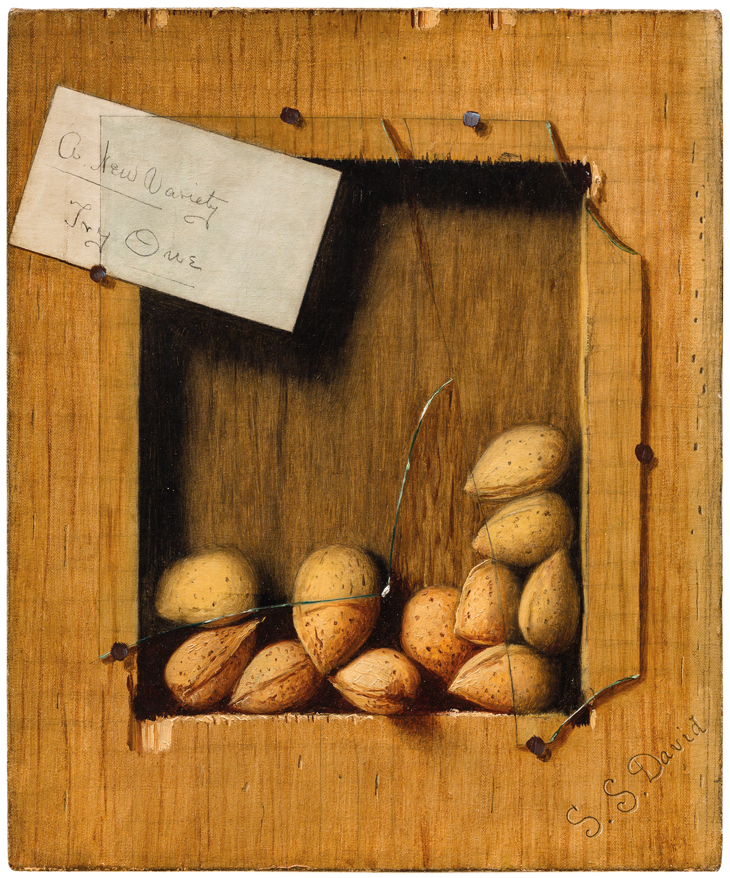
A New Variety, Try One (after 1887), De Scott Evans. Peter Freeman, Inc., $55,000
Elsewhere, the fair offers anything from an Egyptian New Kingdom granite Sekhmet (David Ghezelbash) to an Amlash terracotta bull (Charles Ede), by way of a Bangwa royal-slit drum from 19th-century Cameroon (Bernard Dulon) and a finely carved ceremonial paddle from the Austral Islands of French Polynesia (Tambaran). The fun is to catch the myriad cross-cultural references – between a Graeco- Roman Pompeiian table (Phoenix Ancient Art) and an Alberto Giacometti floor lamp (L’Arc en Seine), or the monochromes of Enrico Castellani (Lévy Gorvy) and Ha Chong-Hyun (Tina Kim Gallery).
The glorious surface of Pippin Drysdale’s porcelain installation Devil’s Marbles – MacPherson’s Reward Mine of 2017 (Adrian Sassoon), evoking the ancient rocky outcrops of the baked Australian landscape, suggest that this is an event that intends to surprise on every scale, for we are also promised ‘spectacular and dramatic’ exhibits that bring the Armory’s public spaces to life. Fairs these days are about refreshing jaded palates. Singapore Sling, anyone?
TEFAF New York Spring is at the Park Avenue Armory, New York, from 4–8 May.
From the May issue of Apollo. Preview and subscribe here.
Unlimited access from just $16 every 3 months
Subscribe to get unlimited and exclusive access to the top art stories, interviews and exhibition reviews.

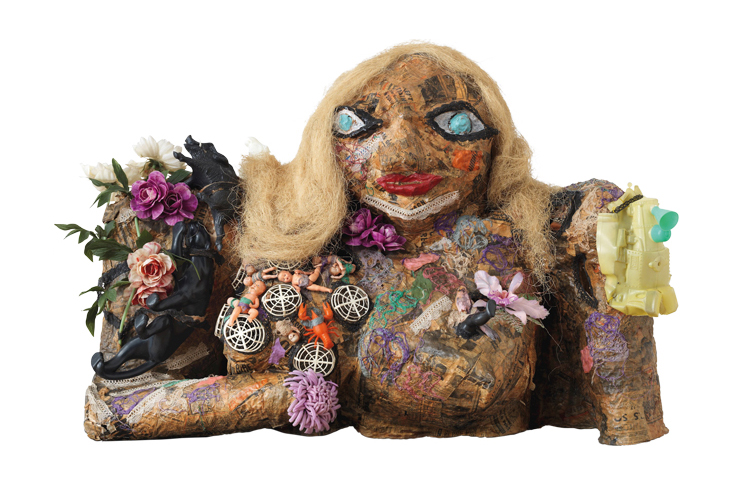

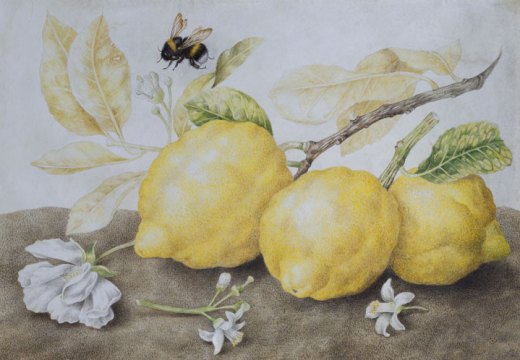
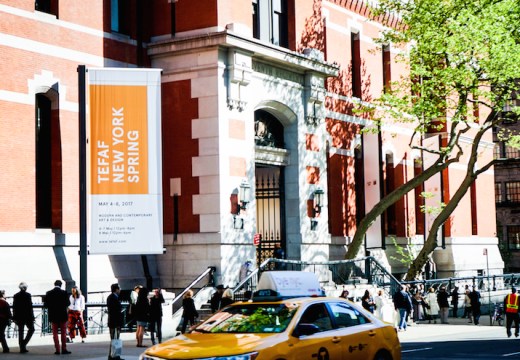









![Masterpiece [Re]discovery 2022. Photo: Ben Fisher Photography, courtesy of Masterpiece London](http://www.apollo-magazine.com/wp-content/uploads/2022/07/MPL2022_4263.jpg)
It’s time for the government of London to return to its rightful home